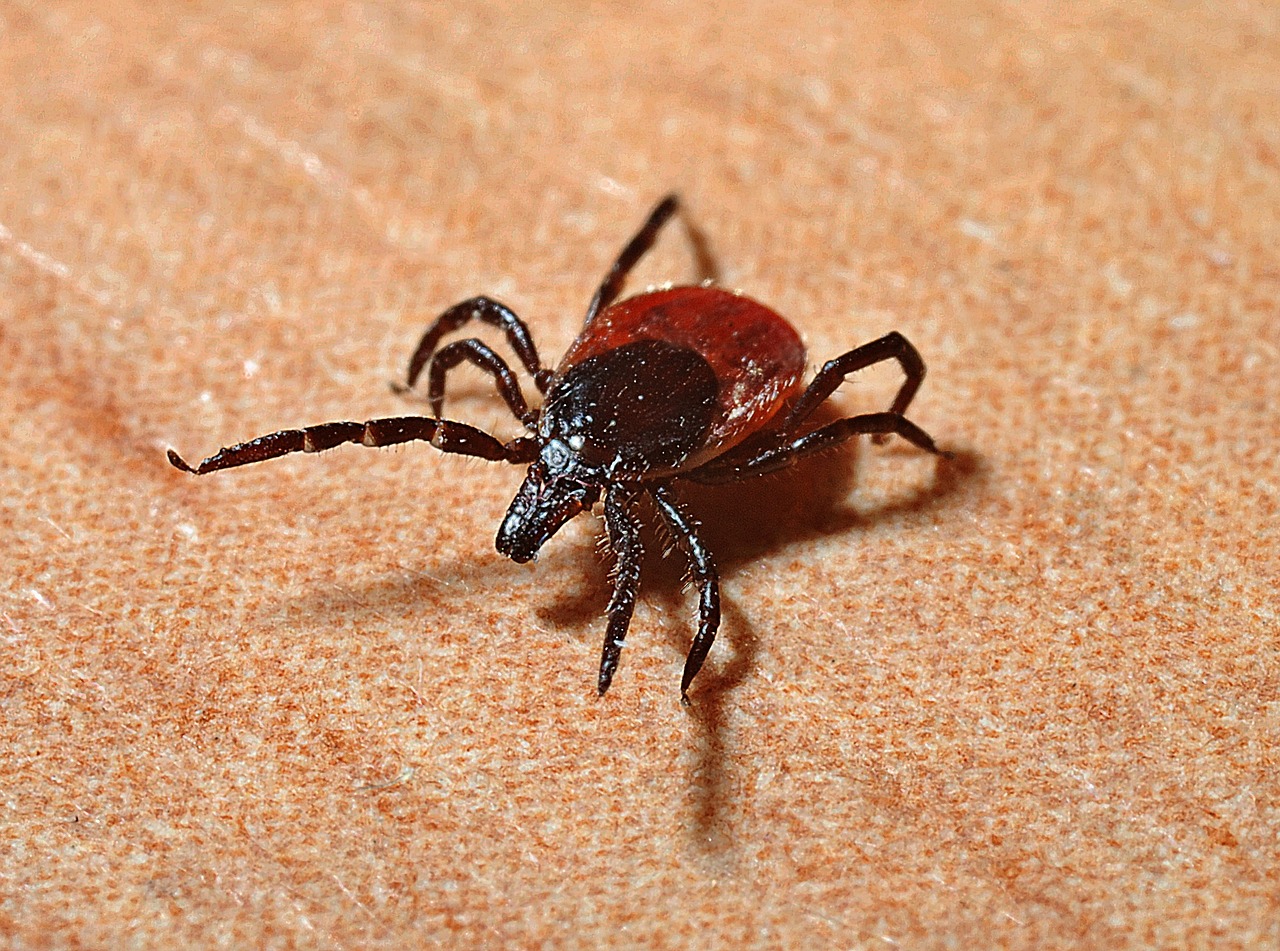Should I get antibiotics after a tick bite?
Answer: it depends who you ask…
Ticks can transmit bacteria when they bite us. This bacteria can cause Lyme Disease. If not treated promptly and adequately, Lyme often progresses to become a degenerative disease that leaves many severely debilitated. With Lyme disease on the rise in BC the controversy surrounding it continues to rage like the wildfires that we had in the province in 2015.
When it comes to Antibiotic treatment, two camps exist in the medical community and they have significantly different treatment guidelines. This leaves the people who have been bitten caught in the middle and having to make up their own mind on what treatment to seek out.
What do the medical guidelines say?
According to Health Canada’s Lyme treatment guidelines the appropriate prescription of antibiotics for preventing Lyme disease, post tick bite, is one 200mg dose of Doxycycline. These guidelines state that this is to be prescribed only if the tick was attached for longer than 36 hours, and only if the local rate of tick infection (with the bacteria that causes Lyme) is greater than 20%.
In stark contrast to this, the International Lyme and Associated Diseases Society (ILADS) guidelines recommend 100-200mg of Doxycycline twice daily for 20 days. The ILADS guidelines state that this should be prescribed regardless of the amount of tick engorgement or the rate of tick infection in the local area.
Although there are risks associated with longer-term antibiotic use (certain antibiotics have side effects, and antibiotics can case Clostridium difficil associated diarrhea) many who understand the risk of serious long-term complications from Lyme disease believe that the benefits of aggressive antibiotic treatment outweigh the risks.
How do I get a prescription by my MD in Canada?
Health Canada recommends a longer-term treatment of antibiotics if the patient has already developed symptoms of Lyme infection following a tick bite. These symptoms are fever, myalgia (muscle pain), headache, and or an erythema migrans (EM) rash. The recommended treatment is a 200mg per day, 14-21 day course of Doxycycline (or another type of antibiotic).
Importantly, Health Canada’s guidelines state that this long course of antibiotics can be prescribed without a positive lab test for Lyme, and without an EM rash. The reason that a positive lab test is not a necessity is that the tests that we use for Lyme (an enzyme immunoassay followed by a confirmatory Western Blot) have high false negative rates. A high false negative rate means that the results come back negative in many cases when the person being tested actually does have Lyme. False negatives are especially common with the Western Blot when it is used shortly after the person has been bitten. This means that you should not wait for a positive lab test before seeking antibiotic treatment. Despite what Health Canada’s guidelines say some doctors are reluctant to diagnose Lyme without a positive lab test and/or an EM rash. If you have been bitten by a tick and have developed these symptoms your doctor should be willing to prescribe antibiotics for you. If they are not, I believe that you should seek a second opinion.
It is also important to know that the ILADS guidelines state that 20 days is too short a duration of therapy once symptoms have developed. Instead, they suggest a four to six-week duration antibiotic treatment. This recommendation is based on a high rate of treatment failure in scientific studies that used only a 20-day course of treatment at this stage. Again, it falls upon the person afflicted to determine which treatment they want to seek out.
What to do if I develop Chronic Lyme Disease?
Chronic Lyme often develops if the initial infection is not recognized and/or not treated appropriately. Many people do not notice that they have been bitten by a tick and so do not seek treatment. As time goes by Lyme often becomes very difficult to cure with antibiotics. This is because the bacteria that cause Lyme disease become more entrenched and better able to resist antibiotics.
The best approach to treating Lyme is tailored to you. Specific considerations include the types of symptoms you are experiencing, the severity of these symptoms, the length of time that you have had Lyme, and the types of treatments you have had in the past (if any) and how you tolerated these. Successful treatment often involves not only killing bacteria, but also: assisting the body to manage hormonal imbalances (such as adrenal and thyroid), helping the immune system to function optimally, assessing and treating allergy and gut inflammation, and working to correct the autoimmune-related inflammation that often occurs as a consequence of Lyme.
|
|
References:

